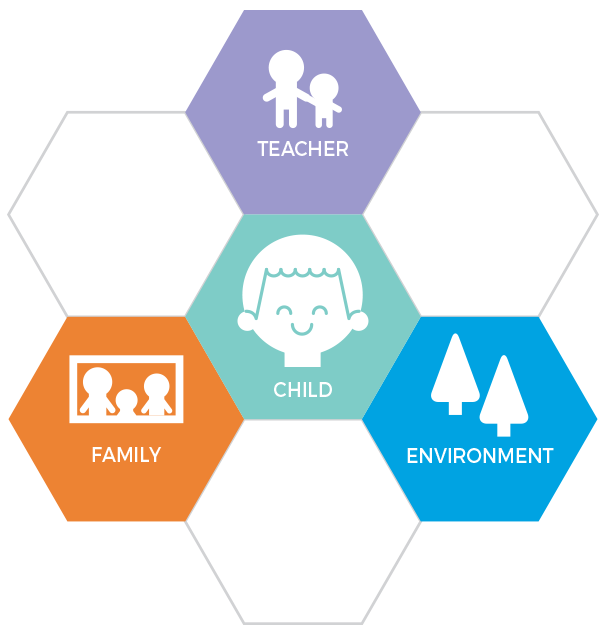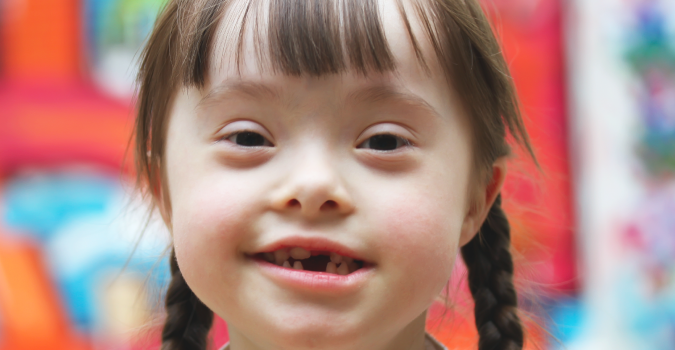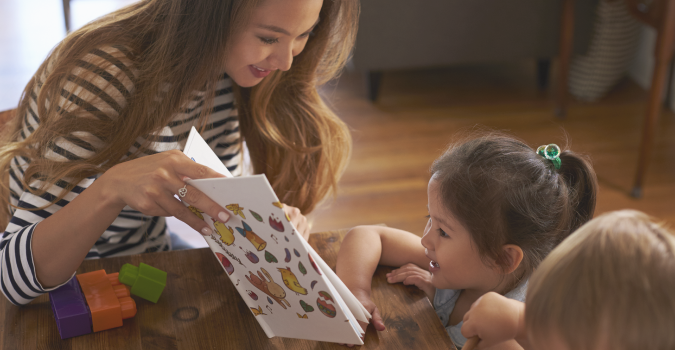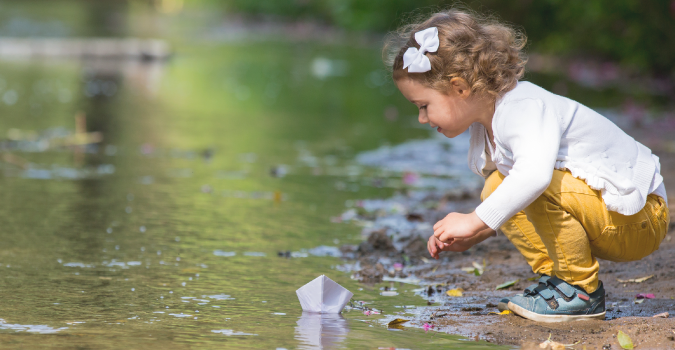
RESEARCH-BASED APPROACH TO LEARNING
The Experience Curriculum family applies child development theories and brain research to a unique model of teacher support, child experience and family engagement.
THE VIEW OF THE CHILD
Every child is full of potential, naturally curious and important to the community.

The child is an active participant in learning.
As children express interests, teachers adapt learning experiences to embrace and further these interests.
Mother Goose Time activities and projects provoke creative thinking and are simply a starting point for a child’s imagination.
There are 100 languages of children.
Loris Malaguzzi wrote, “The child has a hundred languages, a hundred hands, a hundred thoughts, a hundred ways of thinking, of playing, of speaking.”
Mother Goose Time is inclusive of all learners and invites children to express their ideas through art, music, dramatic play, and storytelling.
The child has a right to give and receive respect, compassion and empathy.
Every child has value and deserves respect, compassion and empathy. Children need a safe place to learn who they are within a community.
As children become more socially aware, Mother Goose Time offers routines and experiential community building opportunities for children to practice and learn how they fit in communities, how to problem-solve social challenges, and how to play kindly and cooperatively in groups.
THE ROLE OF THE TEACHER
The teacher is a learner alongside the child. As a researcher and guide, the teacher offers resources and support.

Teachers observe and adapt learning experiences to support a child’s intellectual and social growth.
Learning is a social process based on trust, respect and encouragement.
Mother Goose Time curriculum embeds tips for adapting experiences to match the ages and abilities of learners.
Teachers help children connect the dots and support the ever-expanding web of knowledge.
To help children connect new knowledge to previous knowledge, teachers invite children to share what they already know and would like to learn about a topic.
Mother Goose Time presents a new, long-term thematic study each month. Every thematic study is broken down into 20 related topics. Each morning, children are invited to share or show what they already know and what they wonder about each topic.
Teachers ask big questions and help children reflect on learning to build meta-cognitive skills.
A teacher is an observer, supporter, and guide that brings wisdom and thoughtfulness to the child’s unique intellectual exploration.
The Mother Goose Time lesson plans remind teachers to ask children about their actions and thoughts throughout the day. As children discuss what they do and show what they learn, a habit of reflection is created and leads to a deeper understanding of their individual learning stories.
Teachers allow children the freedom to make choices and pursue curiosity.
Freedom fosters the growth of functional independence, task persistence and self-regulation. Teachers nurture a trusting and loving environment in which children can take creative risks.
Mother Goose Time offers “Table Top” activities that teachers can set out for children to select and do independently. Through these experiences, the child builds self-confidence in his or her abilities.
THE ROLE OF THE ENVIRONMENT
Children explore their environment to experiment with ideas, manipulate materials and construct knowledge.

The environment is the third teacher.
Children construct knowledge by exploring their environment. They collect information and learn about the topic through hands-on discovery and investigation.
Throughout the day, children participating in Mother Goose Time curriculum are exposed to books, play-based activities, and materials that reinforce the topic of the day.
A variety of hands-on materials supports literacy and mathematical understanding.
Children learn through sensory experiences and the integration of concepts in play.
Mother Goose Time uses “Small Group” activities to introduce children to materials that integrate new math and literacy concepts. The teacher models the use of the materials and then supports children as they play according to their developmental level.
Self-directed and self-paced hands-on experiences support learning.
Children need opportunities to freely explore their environments and work in groups, as well as individually experiment with ideas and manipulate materials.
Mother Goose Time provides materials and ideas to easily set up independent “Table Top” activities and Steam Stations.
THE ROLE OF THE FAMILY
Families are central to the intellectual and social growth of the child. Family culture and beliefs add beauty to the school community.

Families support the child’s development.
Children thrive on routine both at home and in school. Families build routines through actions, such as keeping regular mealtimes and reading each night. Routines that are consistent at home and school help children stay calm and safely take risks.
The Mother Goose Time monthly family newsletter suggests games and storybooks to read with the child at home.
Families know the child’s culture and past experiences.
When schools and families work together, children have a much better chance for success, not just in school but throughout life. Parents know many things about their child the teacher doesn’t, including:
- The family’s history, including life-shaping events and special relationships.
- The family’s culture, including caregiving routines, communication methods, beliefs about learning, and expectations for the future.
- The child’s temperament, habits, likes and dislikes.
Families participate in goal setting and routine communication.
Active communication between teachers and families allows for collaborative goal setting. By sharing child portfolios and talking about child interests, a learning plan can incorporate both the child’s and family’s needs.
Mother Goose Time offers educators tools to create child portfolios. These portfolios provide evidence of the child’s learning process and creative expression.